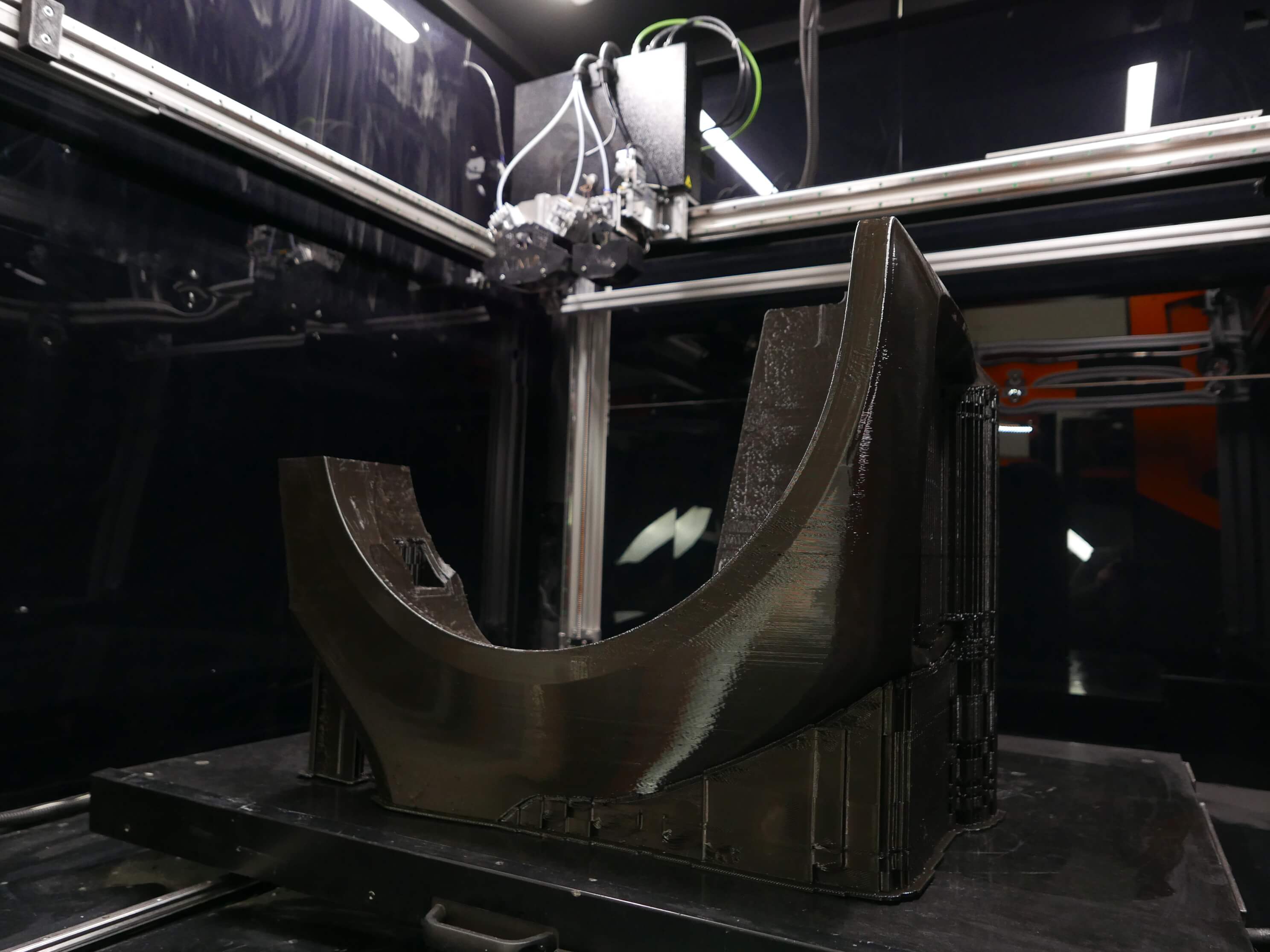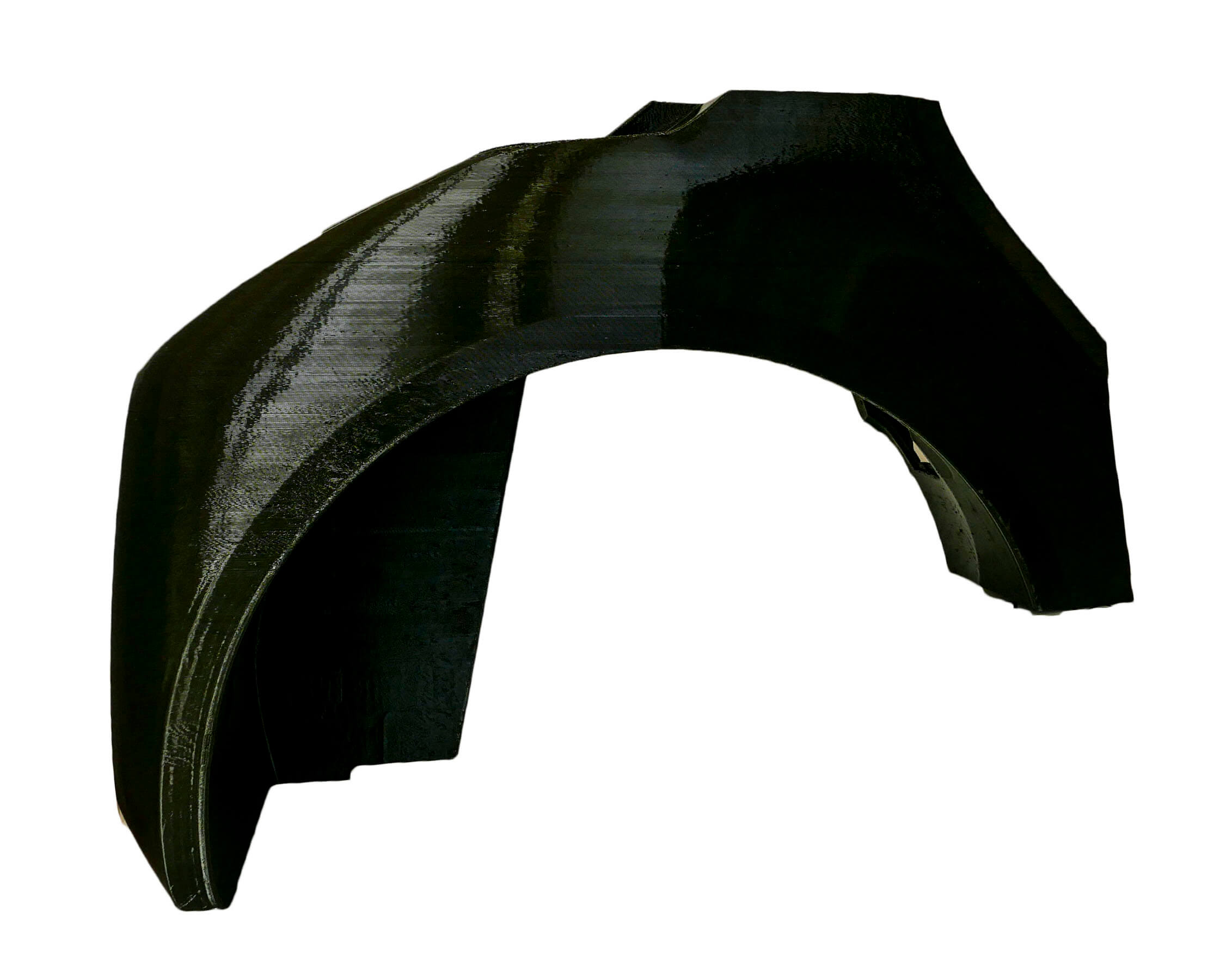It is worth being aware of the story behind 3D printed models. The process of designing and printing is only the first stage. The next, equally important stage is the printing postprocessing. It is this process that we owe to preparing the model for functional operation and extending the aesthetic aspect of the printout.
Does everything have to be smoothed?
Not every 3D model has to be subjected to postprocessing - by printing using a small nozzle, we get visually attractive products with high quality and precisely refined details. Such elements will be ready for use almost immediately after their production.
 Notre-Dame Cathedral in Reims, Signal Pro printer
Notre-Dame Cathedral in Reims, Signal Pro printer
When printing large-size models, a large nozzle head is used. Large nozzle means lower precision and thus the result may not be as perfect. Printed items will require additional processing to prepare them for the intended role.
Why should the prints be processed?
During printing, the filament is applied in layers, based on previously determined parameters, while individual layers may be more or less visible on the finished product. In this way, the texture of the 3D print can be uneven and not entirely aesthetic.
When preparing the initial model, mock-up, functional prototype or a demo of the product, you should also take care of its visually attractive appearance, which is why print processing is a must.
The production of advanced and complicated spatial models is possible thanks to the use of supports, which after printing are removed from the model by various methods - more or less invasive, however, any such action violates the geometry of the outer layer of the printed 3D model.


Wheel arch printed with supports, Saturn large-size printer
The first step of postprocessing is basic industrial treatment, which also includes cleaning of supports from the same material.

Wheel arch cleaned of supports
In more advanced models, it is necessary to remove supports printed from other materials - e.g. in the case of a model printed from PVA it will be water, and in the case of a model printed from HIPS, D-limonene should be used for this purpose.
 Print from PLA with support from PVA and after cleaning from supports
Print from PLA with support from PVA and after cleaning from supports
After completing the work, we get a printout that may have slight imperfections. They can be efficiently levelled thanks to the further postprocessing process - as a result, we will get a smooth model, ready for functional use.
We will present more advanced postprocessing techniques in the next article.
